CONTACT US
Let's Nurture, Learn & Grow Together
Telephone07882498794
|
Email
|
|
The Nurture Circle Ltd. is a limited company registered with Companies House. Our Company No. is 13463693
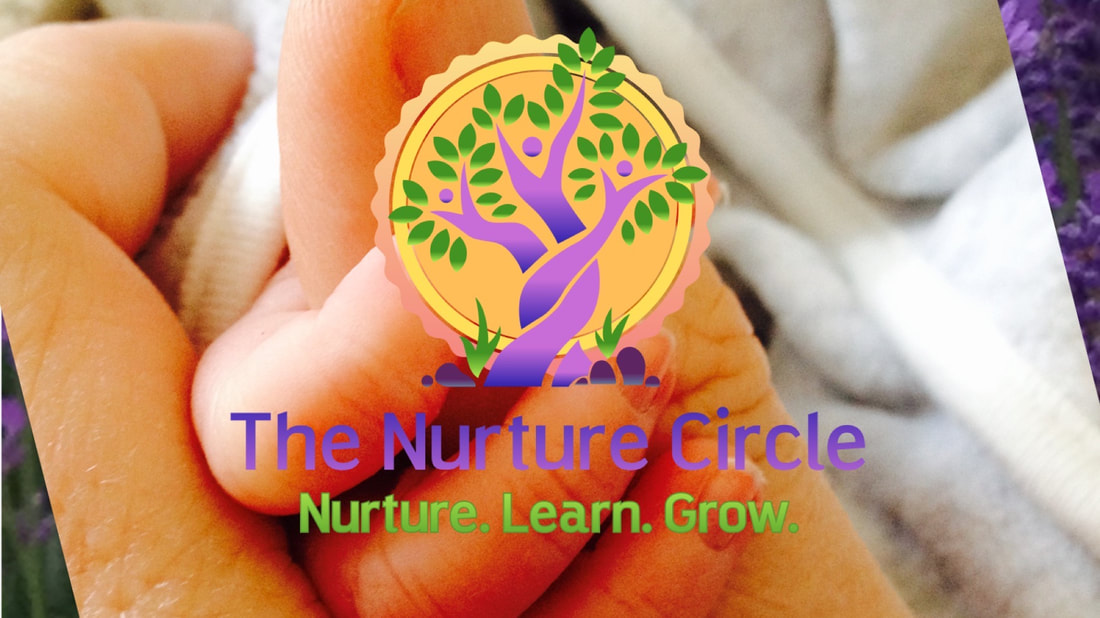
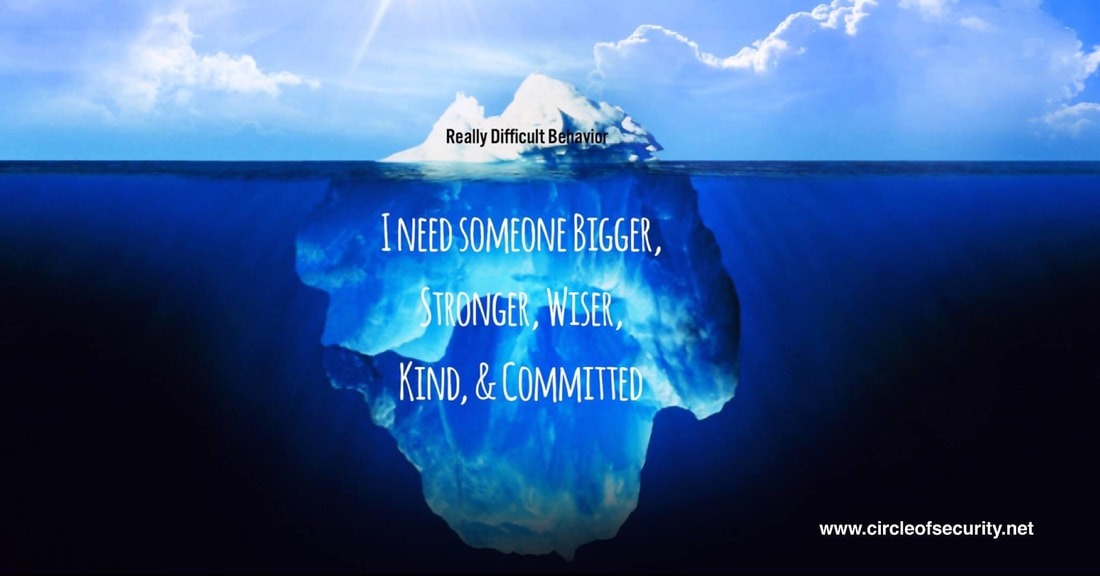
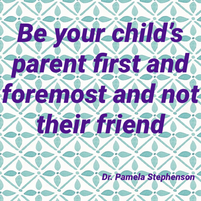
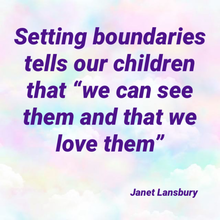
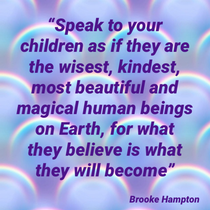

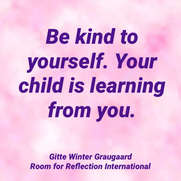

 RSS Feed
RSS Feed
